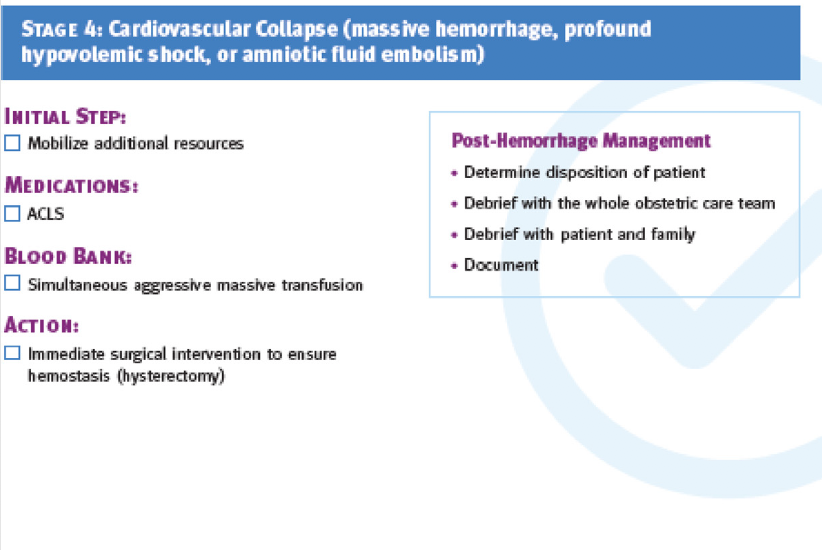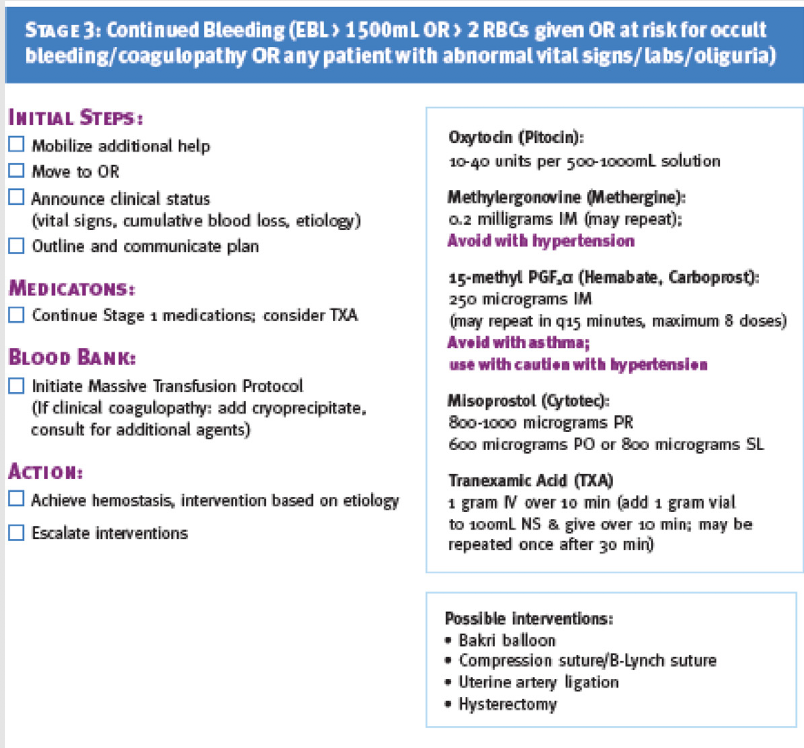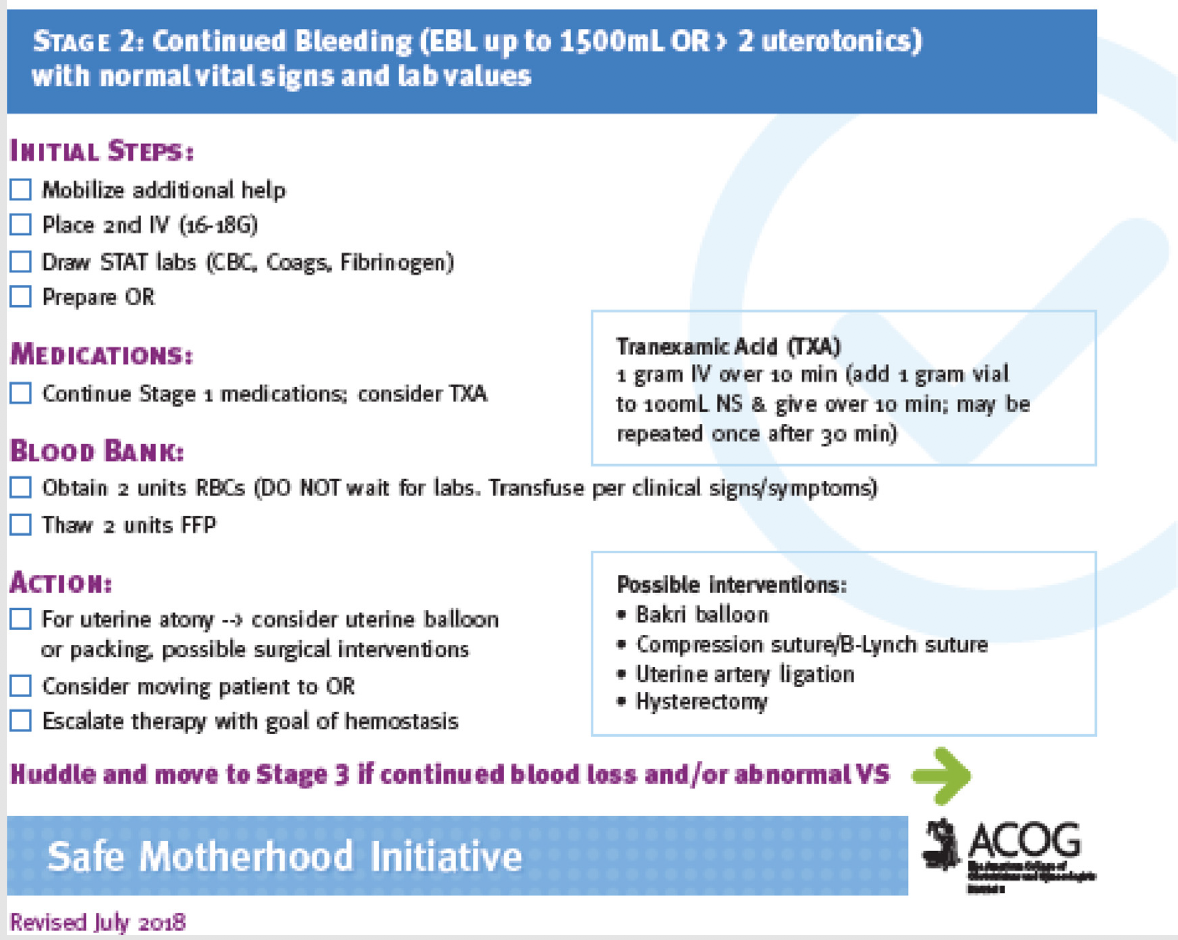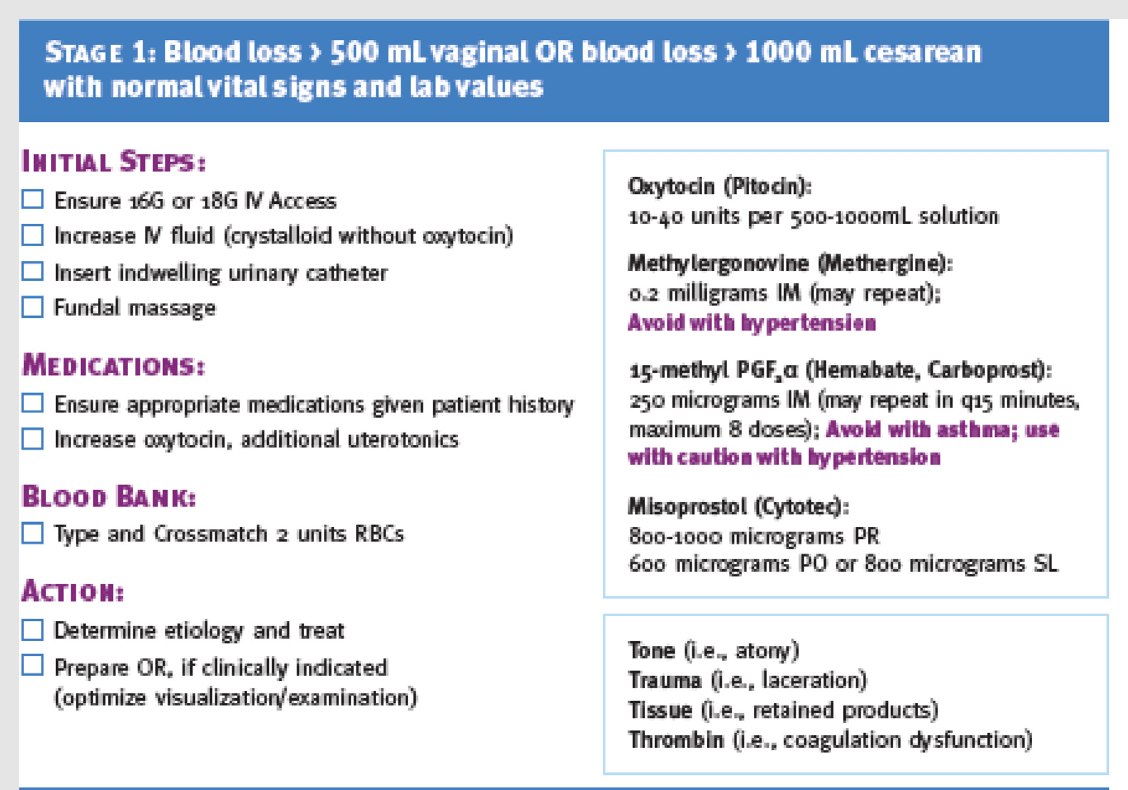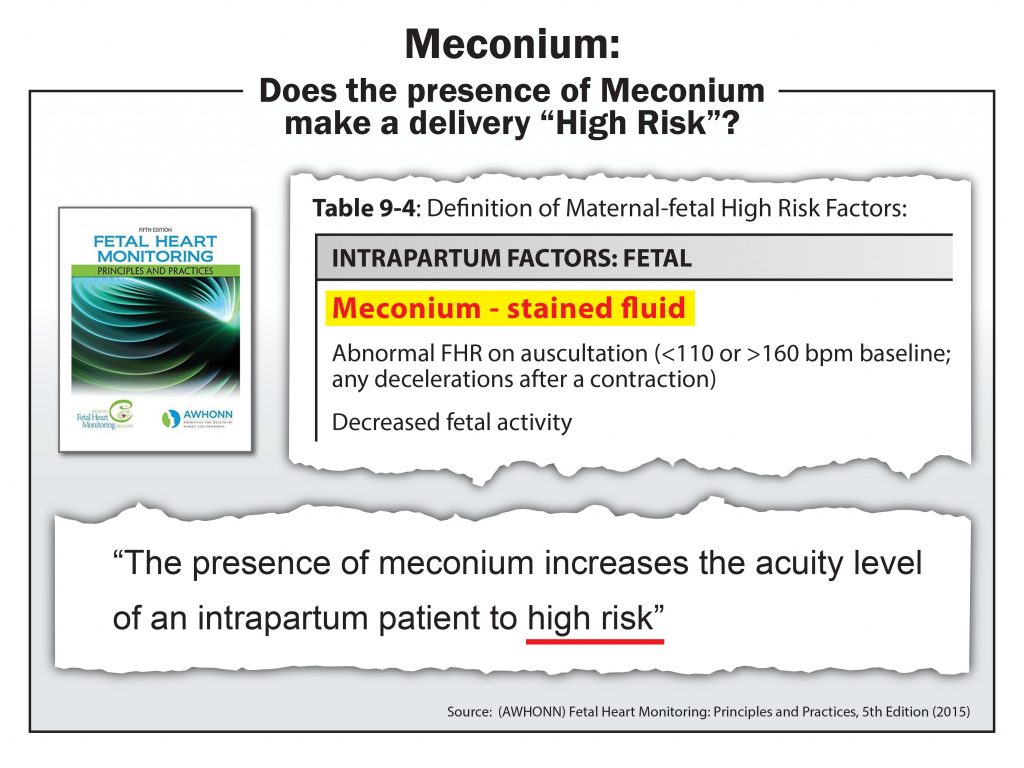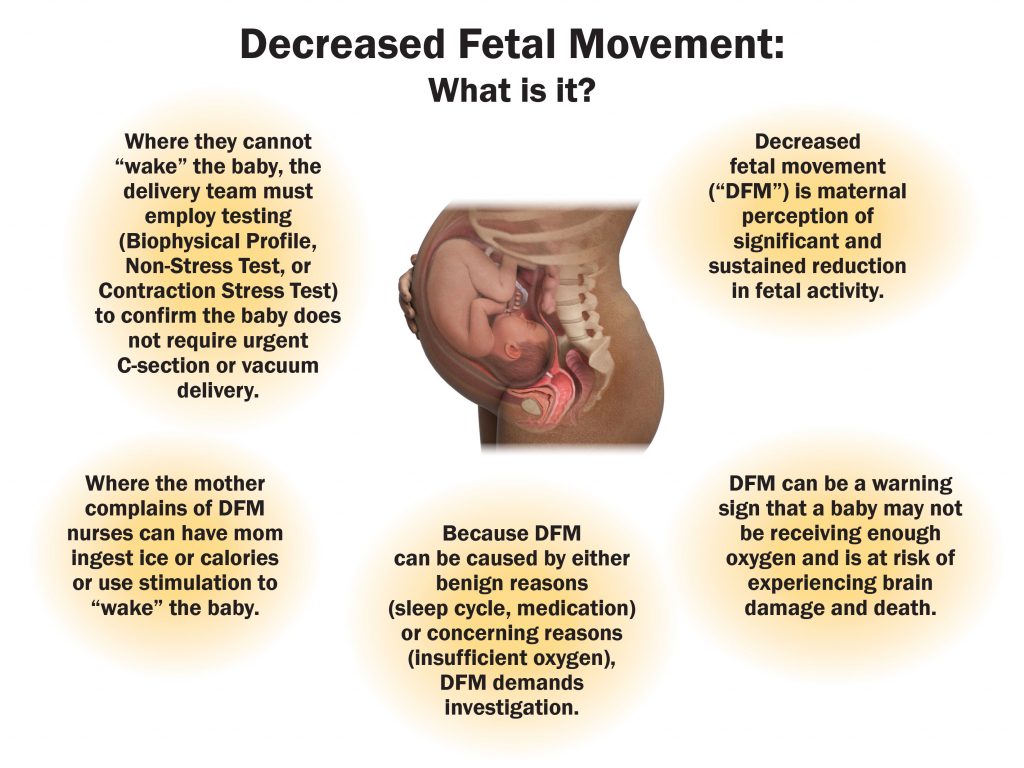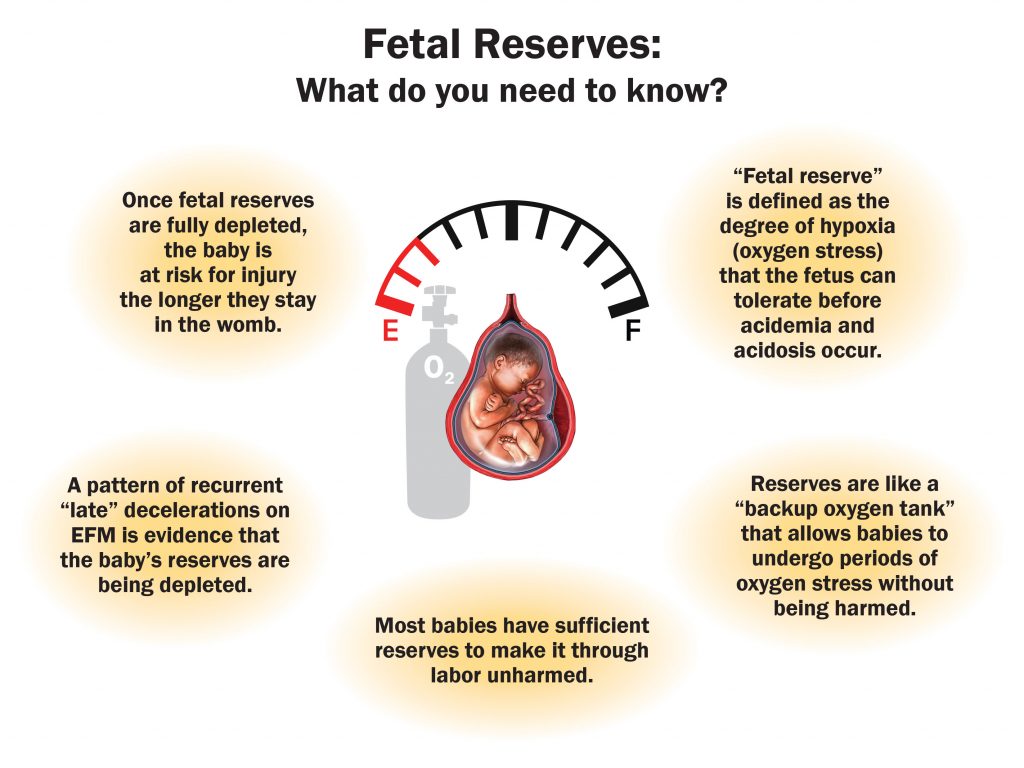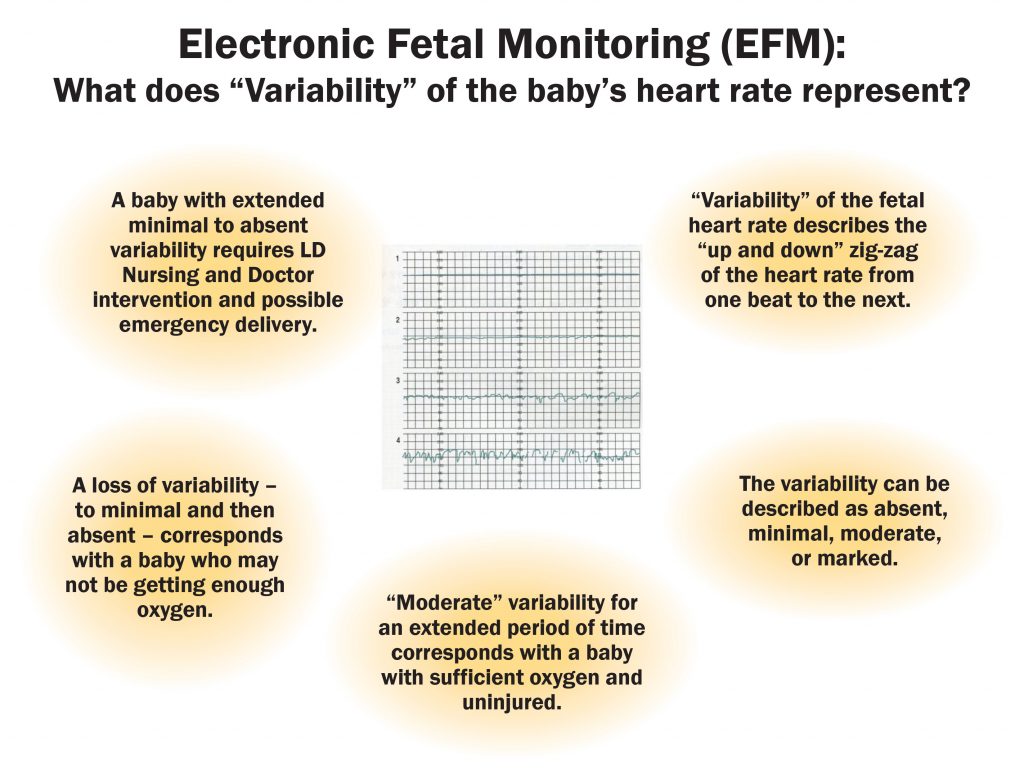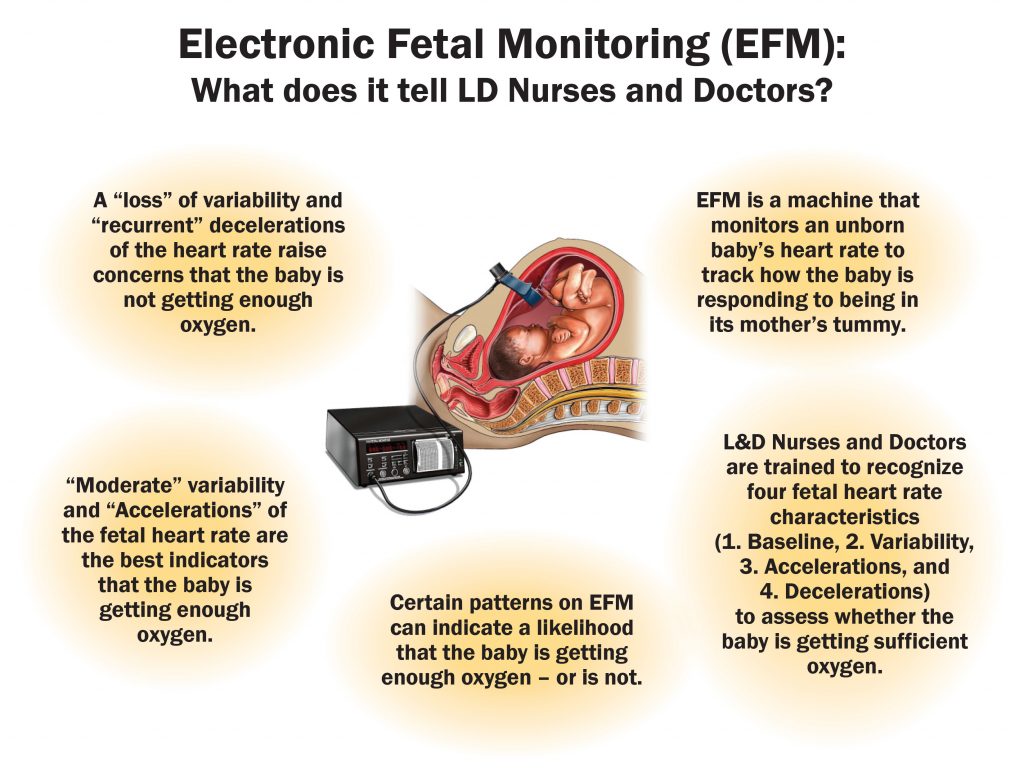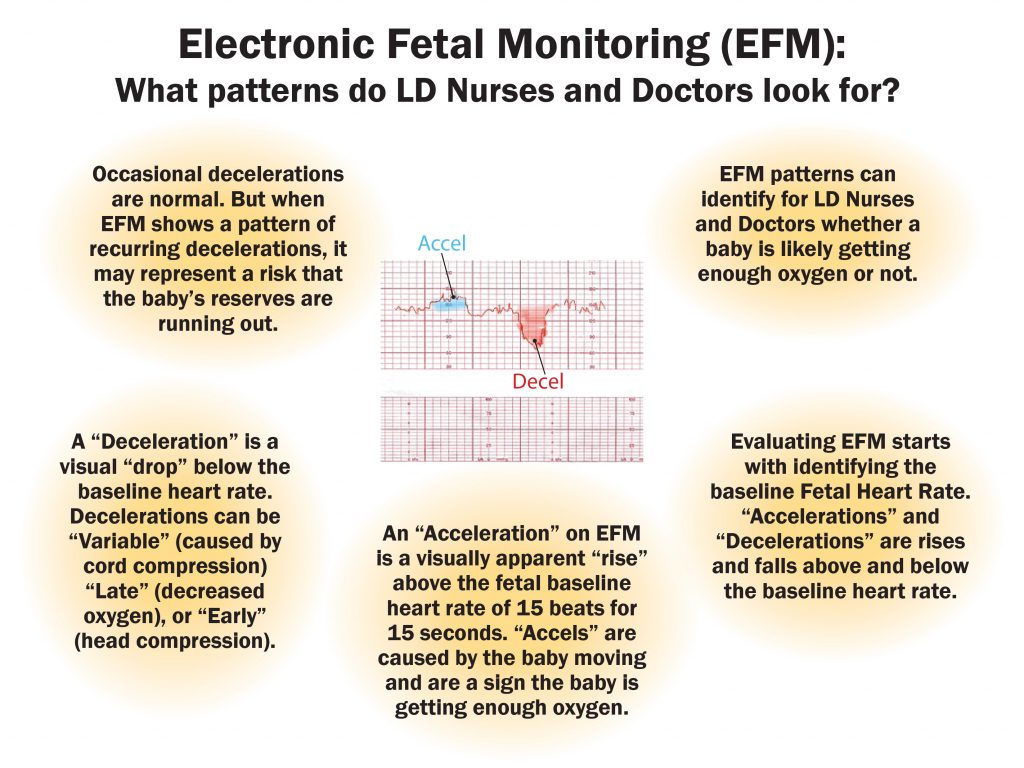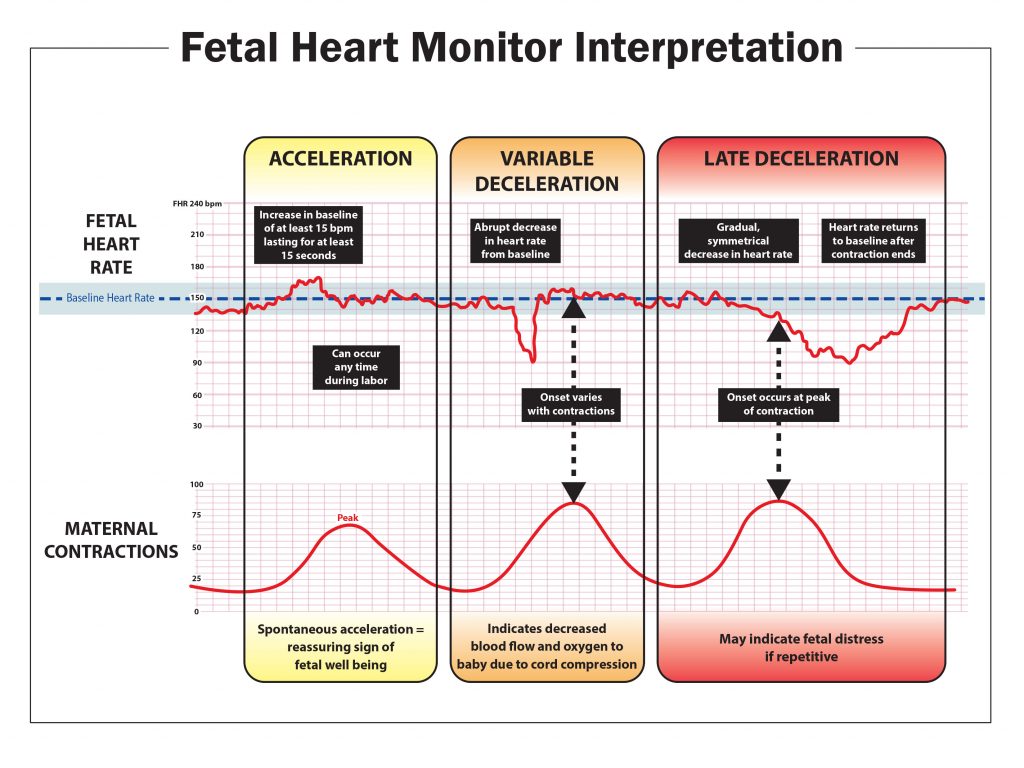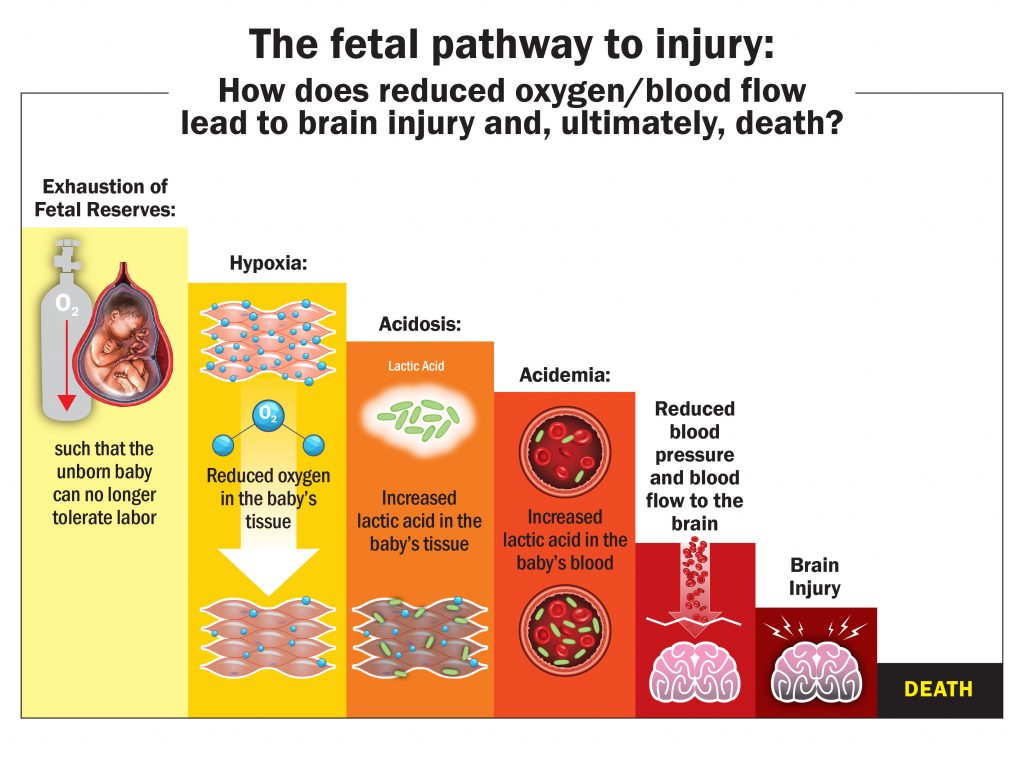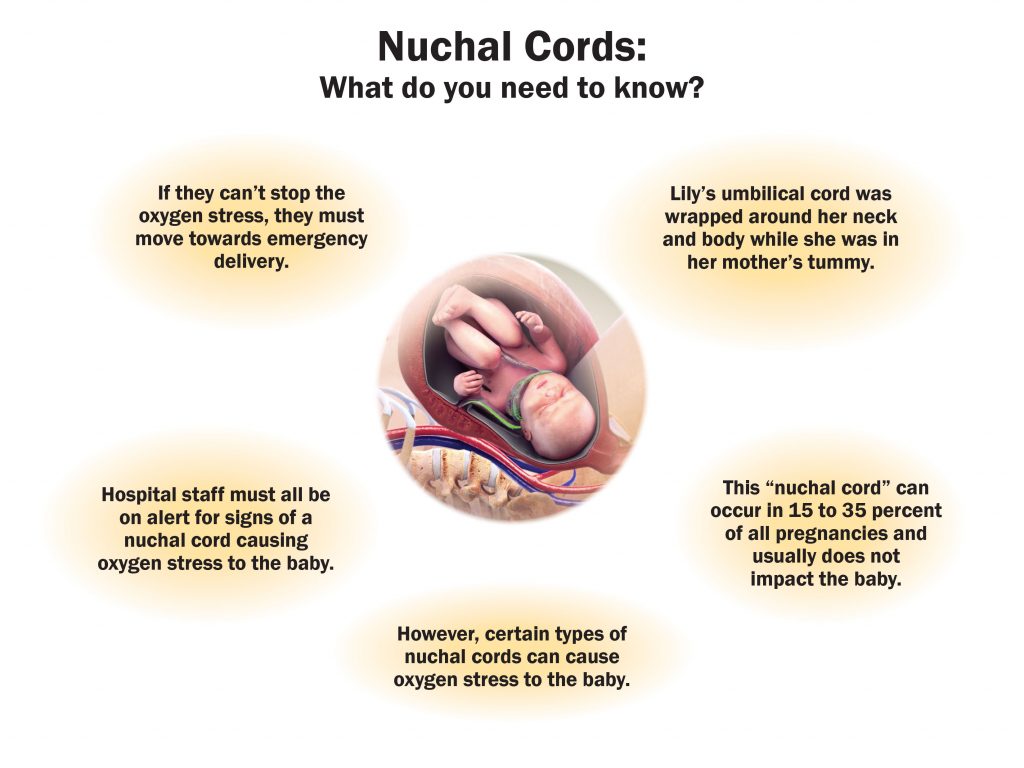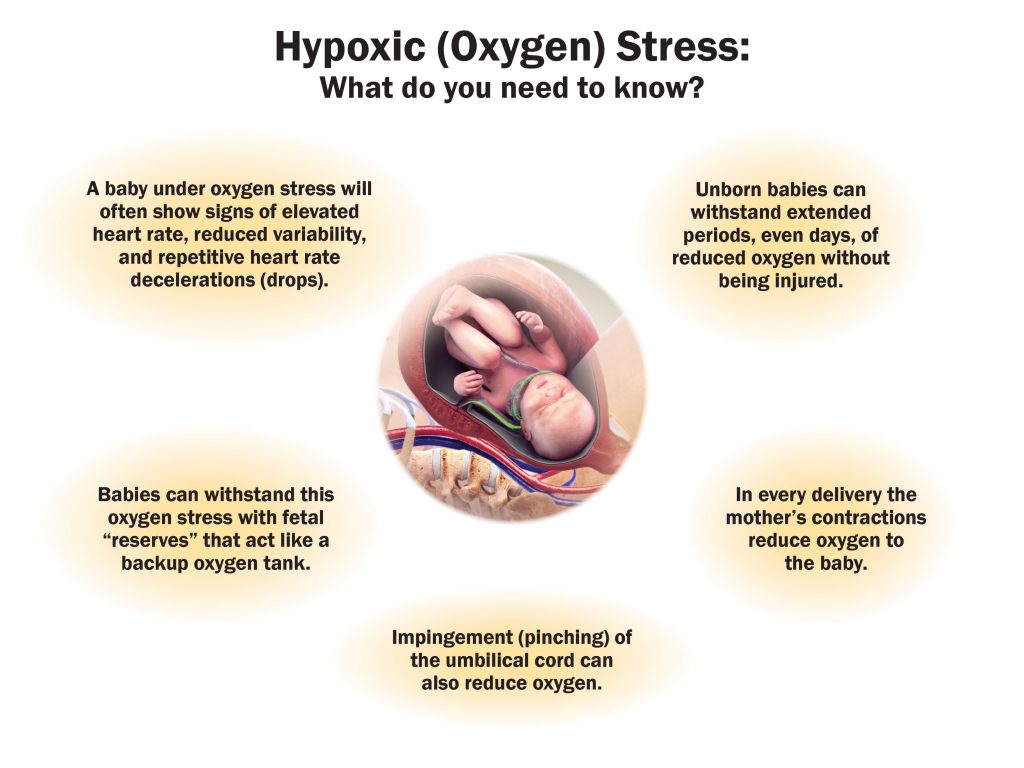Several weeks ago, we began to discuss birth injury, a category of injuries that can occur to an infant during childbirth that can affect the child for the rest of his or her life. One specific form of birth injury shoulder dystocia, a condition in which the baby’s head has emerged from the mother’s introitus but her shoulders have not, according to Medscape. While in normal births, the baby’s head and body turn sideways after her head emerges, allowing the shoulders to pass easily through the pelvis, shoulder dystocia occurs when the baby’s shoulder becomes stuck behind the mother’s pubic bone. Shoulder dysotica can be a frightening experience for both the mother and the baby and is one of the primary birth injuries that occur out of OB/GYN malpractice. This post discusses the risk factors and preventability of shoulder dystocia.
Risk Factors
According to babycentre, shoulder dystocia is as a rare emergency occurring during the second stage of labor, occurring in only about two out of every 100 births. While it is a generally unpredictable condition, certain risk factors have been identified that might make the occurrence of shoulder dystocia more likely, including:
- The baby is large, or the baby has a disproportionately large body compared to the head (fetal macrosomia)
- The mother is overweight or has gestational diabetes
- Previous instances of shoulder dystocia
Medscape emphasizes that regardless of the risk factors, predictability is difficult “because many patients with multiple risk factors do not experience it, and many shoulder dystocias occur in patients with no risk factors.”Preventability
While the lack of predictability of shoulder dystocia makes preventing it difficult, Medscape notes that recently, the diagnosis and treatment of mild gestational diabetes mellitus can reduce the population of those born with shoulder dystocia. Through self-monitoring of blood glucose, diet, and insulin therapy, mothers can reduce the likelihood of birthing large-for-gestational-age (LGA) infants, cesarean delivers, and shoulder dystocia by 60%.
Additionally, babycentre notes that good treatment of gestational diabetes, as well as having well-trained doctors and midwives (since assisted births via ventouse or forceps can also potentially lead to shoulder dystocia) can reduce chances of shoulder dystocia.
In the next post, we will further discuss shoulder dystocia, including complications that may arise from it and next steps after experiencing shoulder dystocia.
If your loved one suffers from the effects of shoulder dystocia or other birth injuries, call us for help. We will talk to you and review your case for free. The Tyrone Law Firm specializes in representing those who have suffered a devastating injury, such as birth injuries or traumatic brain injury resulting from the negligence of another. Our personal injury firm here in Atlanta has a very successful record of trying such cases.
Nelson Tyrone handles Brain Injury, Spine Injury and RSD/CRPS cases throughout the United States. He involves only the top medical, rehabilitation and life-care plan experts in the field. His results on behalf of clients include several of the largest settlements and verdicts on record, and he was recently able to obtain a $13.9 million verdict, one of the largest in the state of Georgia, for a birth injury client in 2014.
You can reach us at 404-377-0017 or via email at admin@tyronelaw.com. If we can’t help you, we will do our best to put you into the hands of lawyers who can.
Additional Resources
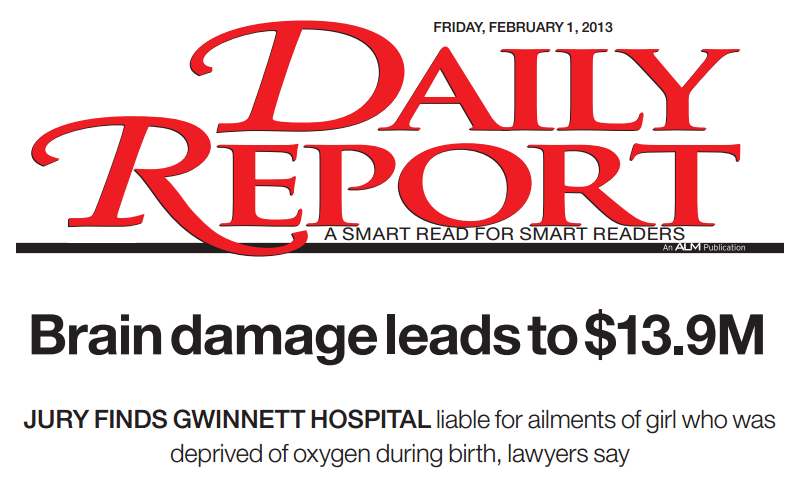



 Hayley serves as a Labor and Delivery Nurse Consultant for the Tyrone Law Firm. She attended and graduated Cum Laude from the University of Georgia in 2004 with a Bachelor of Arts degree in Journalism/Public Relations. After graduation she moved to the gulf coast where she pursued a career in real estate and development.
Hayley serves as a Labor and Delivery Nurse Consultant for the Tyrone Law Firm. She attended and graduated Cum Laude from the University of Georgia in 2004 with a Bachelor of Arts degree in Journalism/Public Relations. After graduation she moved to the gulf coast where she pursued a career in real estate and development.
